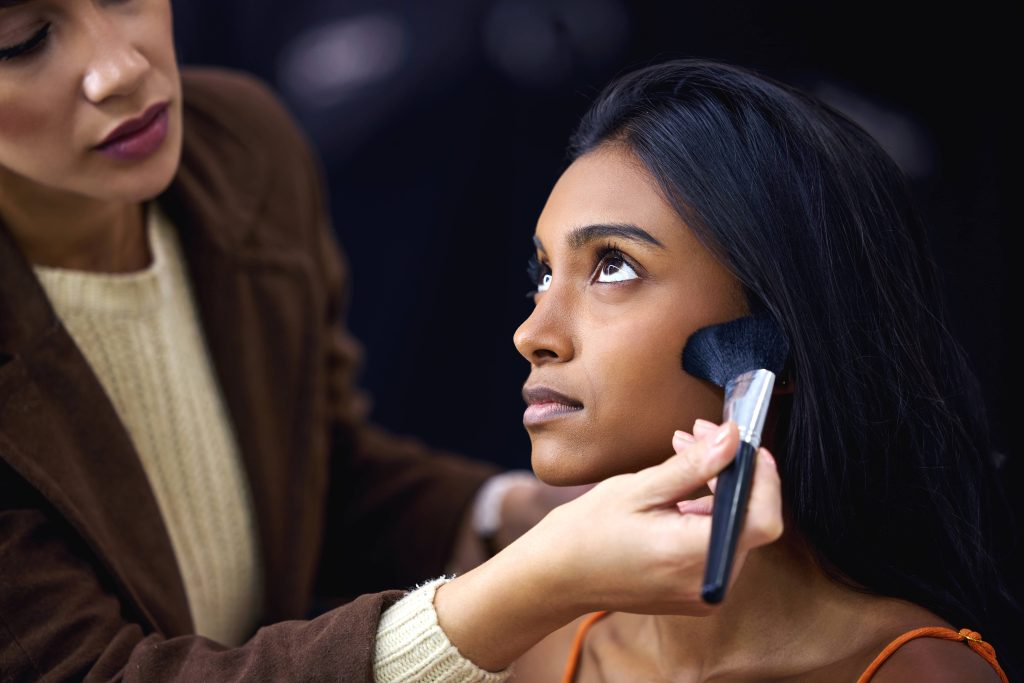
In every era, across continents and cultures, the concept of beauty has evolved dramatically, reflecting the socio-economic, political, and cultural landscapes of the time. As a beauty blogger, understanding the historical context of beauty ideals offers invaluable insight—not just into how our current trends came to be, but how they might continue to evolve.
Ancient Times: Symmetry and Proportion
The earliest recorded beauty ideals can be traced back to ancient Egypt, where beauty was intertwined with spirituality and class. The Egyptians admired symmetrical faces and bodies, equating these with the concept of ma’at, a term that represented order, balance, and harmony. Cleopatra, often cited as a paragon of ancient beauty, embodied the ideal of symmetrical features combined with elaborate eye makeup made from malachite and kohl.
Similarly, the Ancient Greeks idolized human perfection in their art and sculpture, stressing proportion and balance. They introduced the “Golden Ratio,” a mathematical formula for ideal beauty, which continues to influence esthetic judgments to this day.
The Middle Ages: Virtuous Beauty
With the fall of the Roman Empire, Western Europe plunged into the Middle Ages, where beauty ideals were heavily influenced by the Church. A pallid complexion, achieved through a lack of sun exposure, symbolized purity and virtue, correlating with the high moral standards of the time. Both hair and skin kept understated, often covered entirely in public, reflected society’s emphasis on demureness and chasteness in women.
The Renaissance: Harmony and Power
The Renaissance reignited an adoration for classical beauty and individualism, backed by new artistic expressions and scientific discoveries. Botticelli’s paintings, such as “The Birth of Venus,” showcase the idealized feminine form with softer curves and paler skin, harking back to the ethereal beauty celebrated in antiquity. In contrast, men displayed strength and prosperity through their full bodies and ornate clothing, conveying status and power.
Cosmetics made a notable comeback, with both men and women applying lead-based paints to achieve whiter skin—a dangerous practice in hindsight, but reflective of the length people would go to conform to societal beauty standards.
The 18th and 19th Centuries: Fanciful Flourish to Naturalism
The Georgian era brought luxurious beauty ideals to the forefront with exaggerated wigs, heavy perfumes, and rogue-pink cheeks characteristic of the period’s flamboyant fashion. As Europe’s aristocracy dictated the trends, powdering the hair white complemented the pale skin to denote wealth and superiority.
However, by the 19th century, often referred to as the Victorian Era, society swiftly pivoted to idolizing modesty, and ‘natural’ beauty was prized above all. Queen Victoria herself epitomized this change, shunning the excessive makeup and perfume of past eras for a more subdued, wholesome image.
The Early 20th Century: The Age of the Feminine Revolution
With the Duke of the 1920s—freedom! Flappers redefined femininity with their short bobs, bold lipsticks, and a focus on a ‘boyish’ slender silhouette. Beauty became a form of rebellion against traditional gender roles, and film stars like Clara Bow and Louise Brooks emerged as new beauty icons.
The ensuing decades marked rapid technology advancements and mass media’s rise, bringing new beauty standards into living rooms worldwide. By the 1950s, women like Marilyn Monroe defined the voluptuous, glamorous figure that was synonymous with allure and femininity.
The Second Half of the 20th Century: The Rise of Diversity
The cultural revolutions of the 1960s and 70s catapulted individuality and diversity to center stage. Movements championing civil rights, feminism, and LGBTQ+ rights influenced not just politics but also perceptions of beauty. The sleek, mod styles of Twiggy and Jackie Kennedy epitomized one end of the spectrum, while stars like Diana Ross showcased fuller lips and natural hair, celebrating diversity in beauty.
The 1980s and 90s heralded supermodels like Cindy Crawford and Naomi Campbell, who emphasized athletic yet curvaceous bodies. Postmodernism allowed for blurred lines in defining beauty, transcending just looks to include charisma and personal style.
The 21st Century: A Kaleidoscope of Standards
Today, beauty cannot be easily defined because it’s kaleidoscopic, fluid, and deeply personal. The internet and social media have democratized beauty ideals, allowing influencers and ordinary individuals alike to shape and reshape what is deemed beautiful. Movements such as body positivity and inclusivity are spearheading a radical shift towards embracing all body types, skin tones, and gender identities. Stars like Lizzo and Virgil Abloh are just some of the modern pioneers challenging the status quo.
Technology further influences current trends with advancements like virtual reality makeup, AI-driven skincare, and personalized cosmetic products, allowing every individual to define their beauty narrative.
Looking Ahead
As we reflect on the transformation of beauty ideals throughout history, one thing becomes clear: beauty is not static. It is intrinsically linked to the societal tides of the times. This historical perspective provides rich fodder for predicting future shifts—suggesting an even more inclusive, individualized understanding of beauty awaits us.
In your journey as a beauty blogger, delving into the past helps connect with the present, enriching the dialogue about who we are and want to be. Embrace this ever-shifting landscape as an opportunity to subvert, redefine, and celebrate beauty in its many splendid forms.
As we move forward, let’s continue elevating voices that advocate a diverse beauty spectrum, fostering a community that sees beauty in every face and form. After all, history shows us that beauty’s greatest power lies in its ability to transform and transcend.



